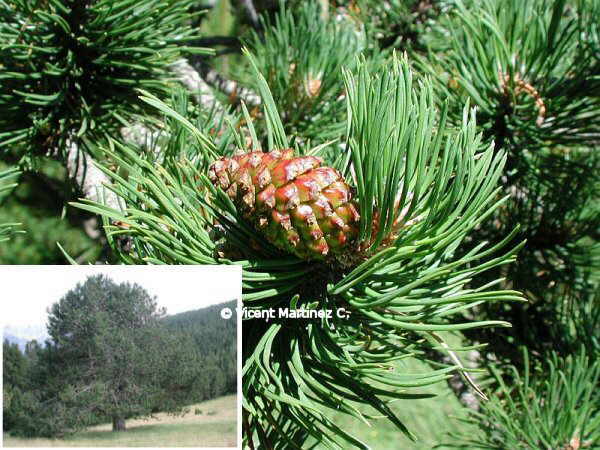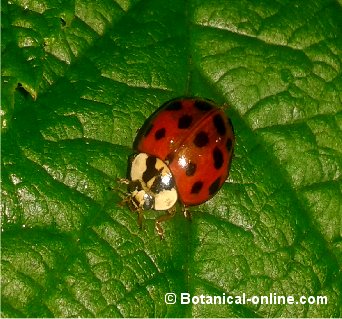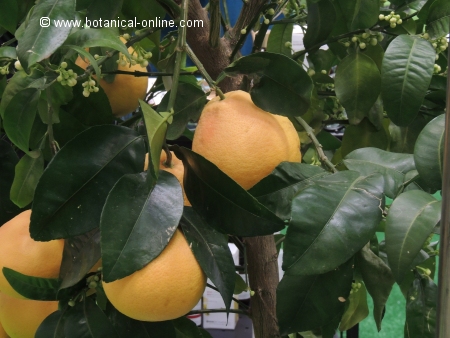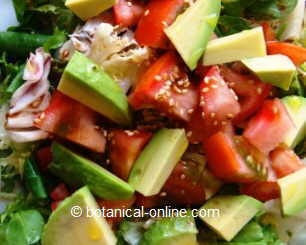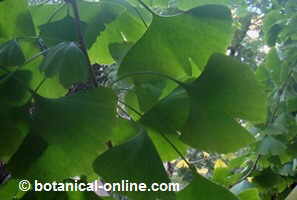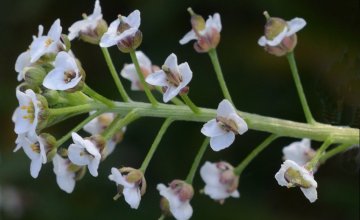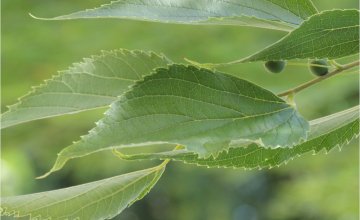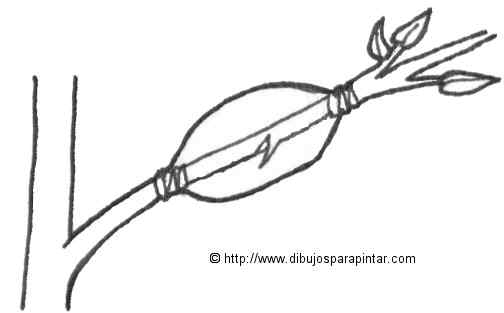Contents
CLASSES OF PUMPKINS
Types of very well-known pumpkins. Varieties of pumpkins
We can describe the following types of pumpkins:
– Summer squash: Summer squash include the thin-skinned pumpkins that are harvested during summer, ornamental squash and pumpkins. They are fast-growing
species that tend to produce fruit after a few months after planting. Ideal to eat after the harvest since they do not endure long storage.
All of them belong to the species Cucurbita pepo ssp. pepo. They tend to be smaller than those of winter, with clearer and softer pulp. they are usually eaten before they ripen completely, while the seeds are not yet hard. Among them we can point out the following:
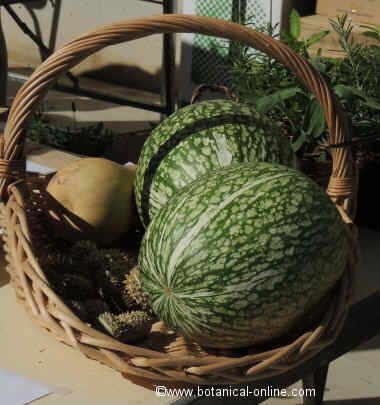
Angel hair squashes are used to prepare jams
- Crooked neck squash: it has a pale yellow color and numerous growths on the skin. Pumpkins are ripening too early and belong to the same species as the others.
- Warty pumpkin: These are used primarily for skin warts with ornamental value.
- Bonnet-shaped pumpkin: They may be yellow or green. They have a flat cap and its size is large. Also known as “cake” pumpkin.
- “Delicata” pumpkin: They are small and elongated. They are yellow or green with clear strips and clearer yellow pulp.
- Pumpkin espagueti: Extended form. The older varieties are yellow or white. The best-known variety is known as “orangeti” with yellow flesh and sweeter flavor. They all have a fiber that dissolves in the form of thread, as a reminiscent of spaghetti.
- Bottle gourd: It has the shape of a bottle. It is called like this because it was used as a container for storing wine.
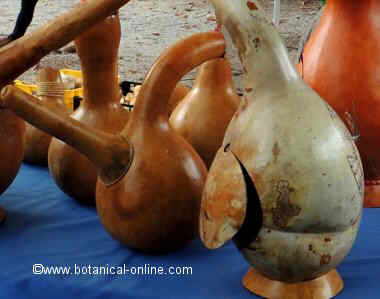
Pumpkin bottles used as wine jugs and water bottles
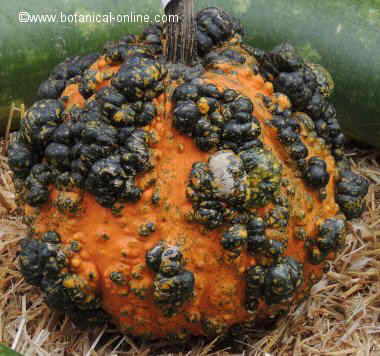
Warty pumpkin with a decorative value
As all these varieties belong to the same species, they can be crossed and produce many hybrids that have different shapes and colors.
– Winter pumpkins or hard skinned pumpkins. Within this group we will have most of ornamental pumpkins and some other varieties with harder, tougher skin than summer varieties. They also present more warts and less symmetrical shape.
Their production is centered from the beginning of autumn to the end of summer. Most of these varieties are used for pie elaboration or to cook in the oven. Among the main winter pumpkins, we have::
- Acorn squash: Acorn-shaped, they have white skin or dark green with large ribs on its surface. The flesh is light yellow. It is available throughout the year.
- Crooked neck winter squash: unlike the summer, it has smooth skin that can be covered with strips of color. Belong to the species Cucurbita moschata.
- Juggling Pumpkins belong to the species Cucurbita ficifolia, a kind of vine that grows in Ecuador and reaching higher ground a very large size.
- Wax gourd. This is a type of Chinese pumpkin, with very thin bark recalling the texture of the wax. It has brown fur with white stripes, yellow pulp with much sweetness. It belongs to a hybrid group of eastern pumpkins or gourds in Japan that are characterized by plants of smaller size than their Western counterparts. Within this group, we would have squash varieties like India, which is green outside and with white pulp. It is commonly used in the kitchen of this country. The pumpkin from Korea is mainly used for the production of zucchini.
- Pumpkin cider or muskrat is a type of large pear-shaped squash with yellow flesh.
- Angel hair squash: Also called confectioner pumpkin pulp because it gives a sweet, which is used to prepare many kinds of pastries.
Pumpkin bottle
Within Cucurbita and belonging to the species Lagenaria siceraria,we have bottle gourds. These gourds are monoecious species from Tropical Africa and India. The bottle gourd is characterized by white flowers, instead of the typical yellow flowers of cucurbits.
It has been used traditionally in Mexico and Arizona as a container for cooking and as a container of water. This type of container is still used today by some Indians to save the water as it weighs less than the pottery and helps keep the water cooler.
Its size can vary from a few inches to several feet. Many artists of the new world have used and continue using the bark of these pumpkins for pictures and to print their designs.
![]() More information on pumpkins.
More information on pumpkins.

